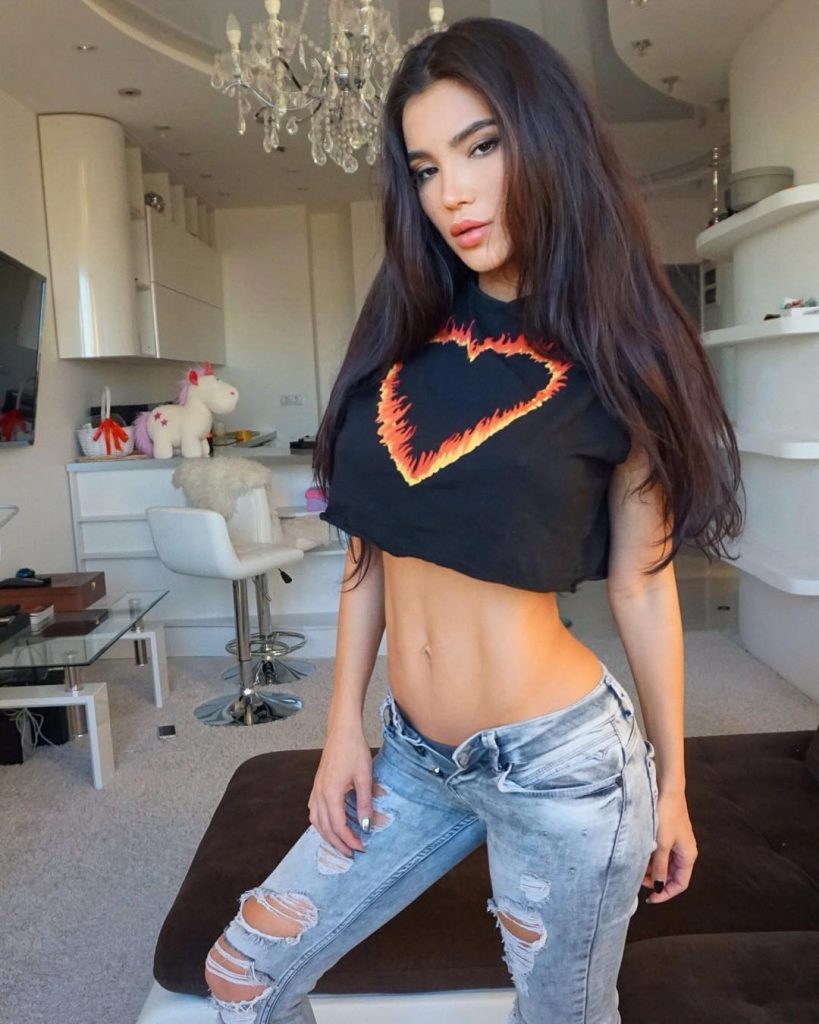

People in Seattle sometimes tend to live in a bubble, and don’t see or think about the region as a whole, but if you get into your car and drive (don’t even dream of taking the bus) out to Covington, or South Hill in Puyallup, or the slopes of Marysville, or east as far as the eye can see to the Sammamish plateau and beyond, and even as far away as Orting, right in the shadow of Mt. The people who use these parks have to live somewhere, and every foot of living space in the city that is taken for parks is instantly converted by demand into ten feet of living space in the exurbs - land that used to be open space, millions of acres of it, all over the region, but are now covered with awful houses. Well, for one thing, flattening over huge parts of your central city isn’t green. Yes, I know you want to ride your roller skates with your headphones on, and you want your dog to have vast uninterrupted acres to relieve itself on, and you want lots of space to have imaginary “civic conversations” with other like-minded civic idealists, and you want a “ lush, healthy, functioning shore“, because you’re green - and who isn’t green? Tunnel or no, there’s still trucks that have to get through, and there’s those tens of thousands of cars who won’t want to pay the inevitable $10 toll to ride underground. Tunnel or no, we’re getting a monster boulevard of at least six lanes, which like all roads will fill with traffic. If you’re trying to “revitalize” this waterfront, but instead plant a hundred-yard-wide empty space next to it, you’re going to kill it, not revitalize it.īut we’re going to get a boulevard, I’m absolutely certain. Keep in mind that one side of this room is the waterfront, which does have a fair amount of civic use already. Wide streets make communication between the opposite sides impossible, and destroy the “room of the street”. Seattle has the widest downtown streets of any wanna-be-bustling city in America, much wider than those of Portland, Vancouver or San Francisco.
Unwalkable disease wiki full#
And Seattle, honestly, is already packed full of might-as-well-be boulevards, thanks to our unfortunate street platting. Anyone who’s been to Paris has felt the shock of realizing that the famed Champs d’Elysees is actually the most horrible thoroughfare in the whole city, unless you are a once-a-year bicycle racer, or invading army. Boulevards are surface highways hacked through cities. But boulevards are a nightmare to cross on foot, much worse than elevated roadways, not just because of the traffic but because of the sheer width of them - width that is filled with nothingness. You just have to decide where to plant the trees. Boulevards are easy anyone could “design” a reasonably adequate one in our sleep, since they’re all pretty much the same. Boulevards do not unite cities, they divide them. I have a list here of some things in particular that we don’t want.ġ. Green is not what we’re going to get, no matter how many trees they plant or happy skateboarders they draw in or feet of roadway they obscure. But those watercolors are always, always misleading. I feel confident that each of the four finalists whose plans will be unveiled on the fifteenth will all feature gorgeous watercolors with a lovely forest green as the primary color, because we all want green. There are millions of examples, many of them right here in Seattle. These ideas, when applied to central areas of cities, can be - almost always are - counterproductive. It’s incredibly fashionable right now to decry “consumerism”, and Seattle has a surplus of people bleating for parks and plazas, to overturn “the tyranny of the automobile”, to “restore Puget Sound”, to “connect to the waterfront”, to “focus less on consuming and more on families”. Cities are markets they are places where people gather to exchange goods, services, and ideas. Cities are civic places: but what the planners seem to have forgotten is what kind of civic places they are. I feel that Seattle is under a decades-long assault to destroy its meaning as a city, in some ways just as devastating as the previous decades-long assault from the highway-builders (maybe even longer if you start with the monstrosity that is the 1928 Second Avenue Extension). I am an unabashed Viaduct supporter I love it to pieces, and think it’s not guilty of most of the charges leveled against it, which to my ears all too often betray a fundamental misunderstanding of what cities are for, but I recognize the reality that it’s probably coming down.

Like Martin, and Frank over on Orphan Road, I am viewing the upcoming design unveiling for the space where the Alaskan Way Viaduct currently sits with intense dread. By STEVE THORNTON (better known as Fnarf) WSDOT via Orphan Road


 0 kommentar(er)
0 kommentar(er)
